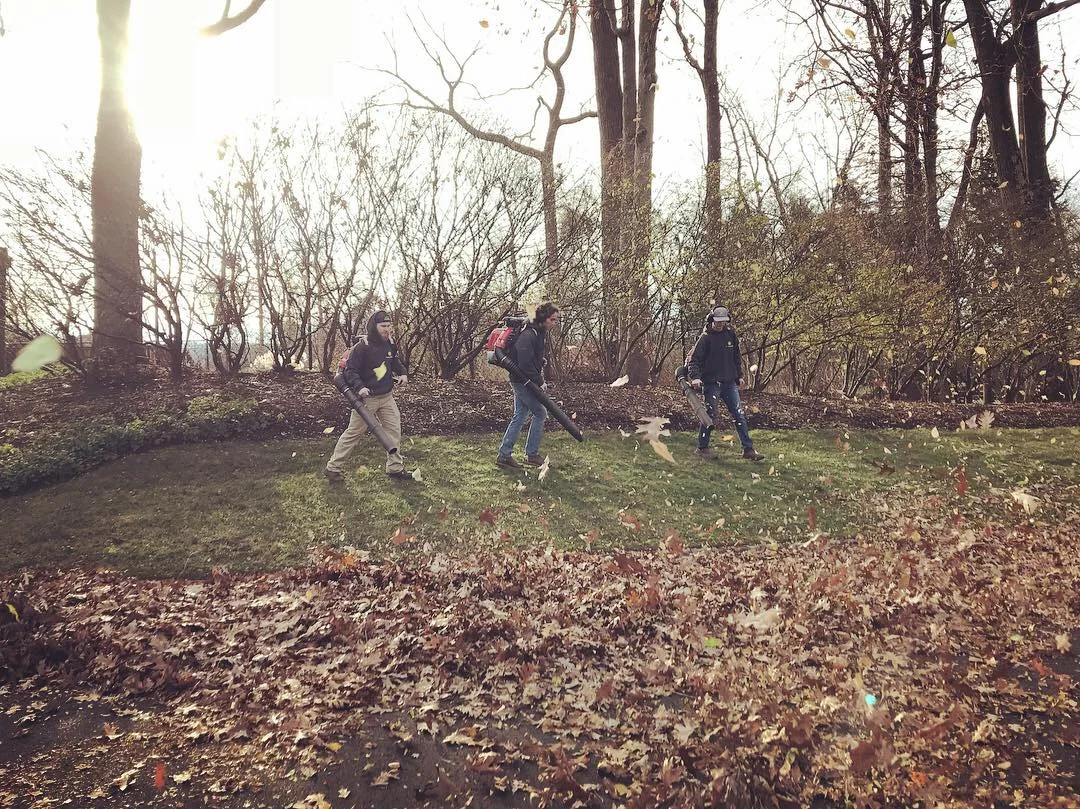CUTTING
When maintaining a property, it is important to mow your lawn regularly. Lawns can generally be cut about once a week if your property is going slower during a heat wave than sometimes it is best to performance bi-weekly cuts to the park. In the late spring and early summer than your lawn could be growing a rapid rate than your lawn may need to be cut more than once a week or double cut, which is when the lawn is mowed twice in one session. The rule of thumb when cutting grass is that you should not cut more than a ⅓ of the length of the blades at once. Cutting grass too short can cause your property to burn out. Additionally, every time one cuts a property it is imperative that you cut the property at different angles, four common angles should be rotated, up and down, back and worth, and diagonal in both directions. Change up the patterns will add a beautiful design to the lawn as well as prevent the property from developing rivets.
WEEDWACKING/EDGING
To go along with mowing the property weekly, along with every cut the entire property should be week whacked and edged. Edging should be performed along any hard edge that the property which could be a flower bed, mulch bed, curb or driveway. Edging should be tight and clean and keeps grass from overgrowing out of where it is supposed to be going. Weed whacking should occur as well, and generally, any area that your lawn mower cannot reach should be hit with a weed whack at a length that is equal to the length of the cut grass. Weed whacking and edging properties increase the curb appeal of the property and give it a clean look.
FERTILIZING
Fertilizing your property is something that can bring many benefits to your property, there a tons of nutrients and give your lawn a fresh green look. Fertilizing can also help prevent weeds and lawn diseases. It is important to note that many people over fertilize their properties which will force your lawn to grow at an additional length which can make it difficult to maintain. Over-fertilizing can also cause your property to die out because of the overwhelming amount of nutrients.
WATERING
Watering your property should be something that is done as needed. Early in the spring month, you do not need to water your lawn too often. Spring generally brings plenty of participation that will keep the roots fresh. When the late summer heat waves begin, you should water your lawn about every day or every other day depending on how much sunlight your property gets.
We would love to hear from you! Feel free to leave feedback and comments on our Facebook page. We will be posting a weekly blog post to educate people on lawn care so keep an eye out for our post! Additionally, if you have any question, please feel free to contact a Pando Landscapes’ team member today!
